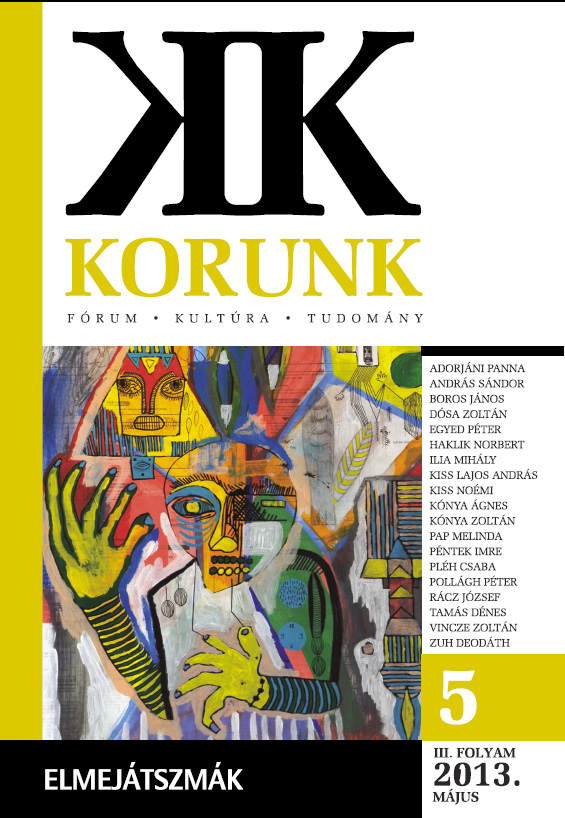
Fevzijeva filozofija
Kada smo se pozabavili sadržajem Bulbulistana, ugledali smo čitav jedan svijet ideja i osjećanja koji se, izgleda, svi vrte oko vrhovnog načela: Duhovni život jedina je stvarnost dostojna da se njome bavimo. Pa ipak, ovome djelu ne manjka ni razmišljanja čisto materijalističke prirode, kao što ćemo vidjeti u daljnjem izlaganju: ali ta su razmišljanja tu samo da, na neki način, posluže kao opipljiva osnova psihološkim, moralnim, političkim ili mističnim poukama kojima nas autor neprestano obasipa.
More...















